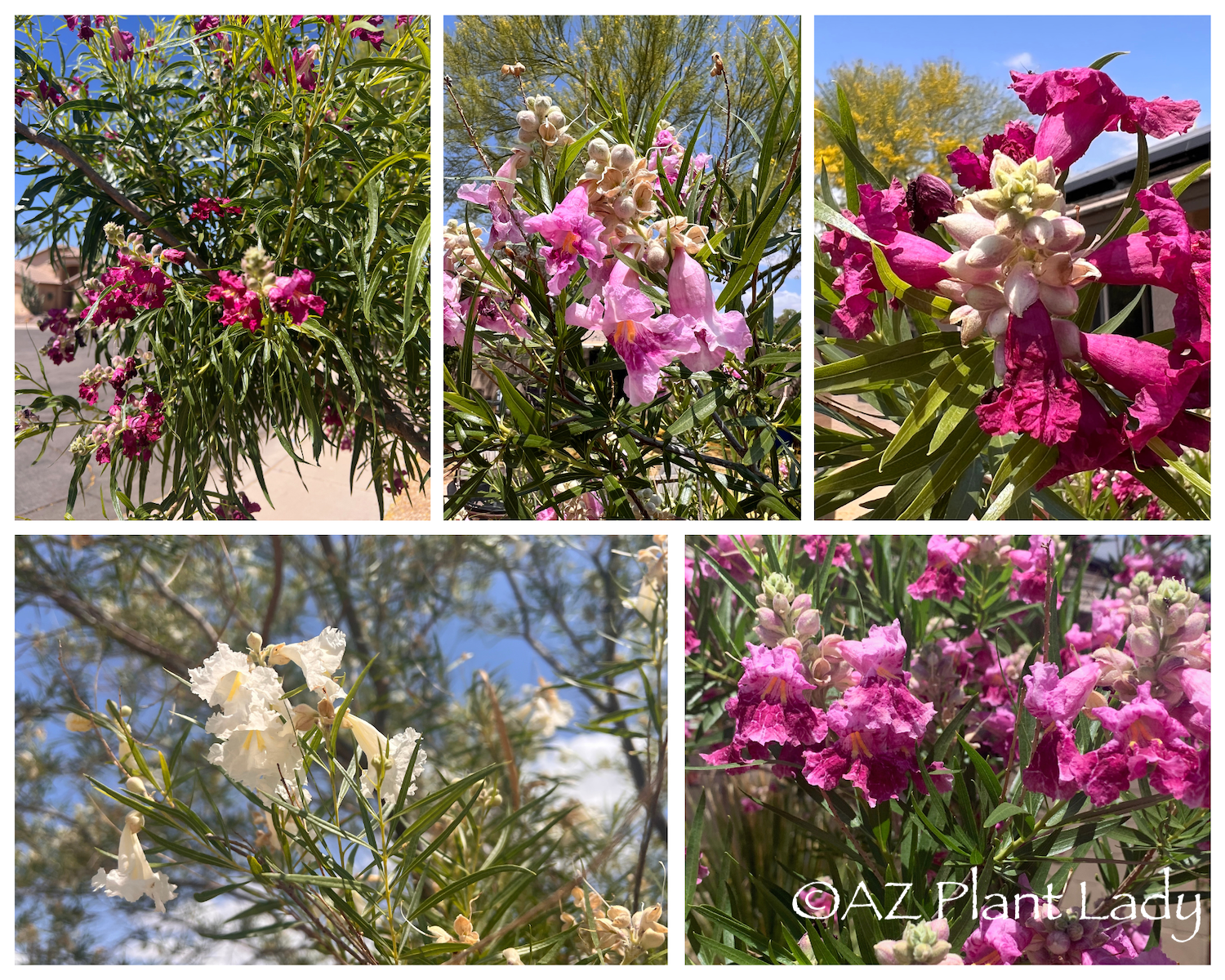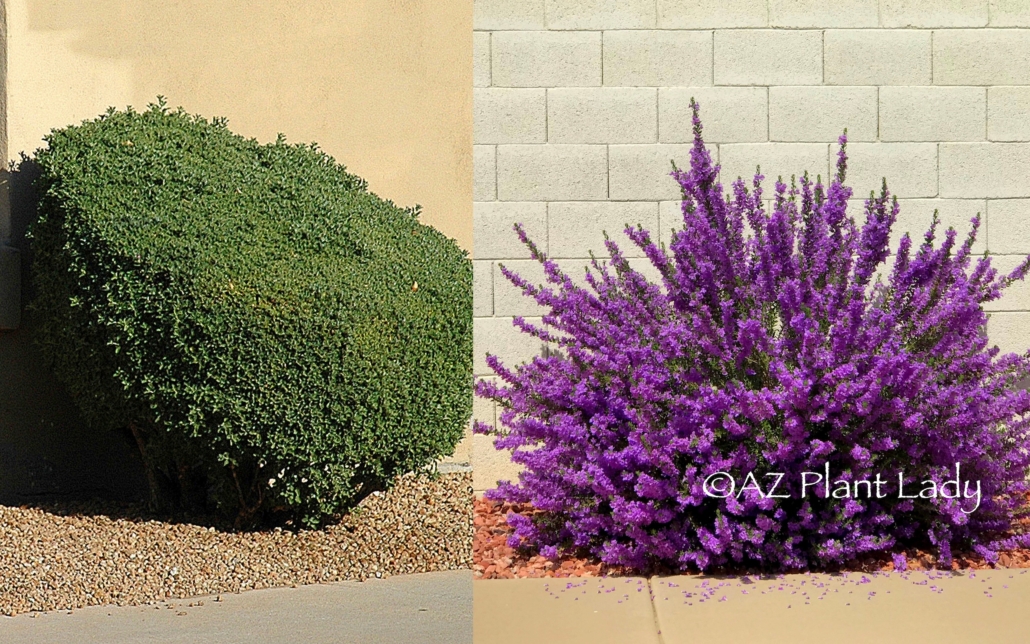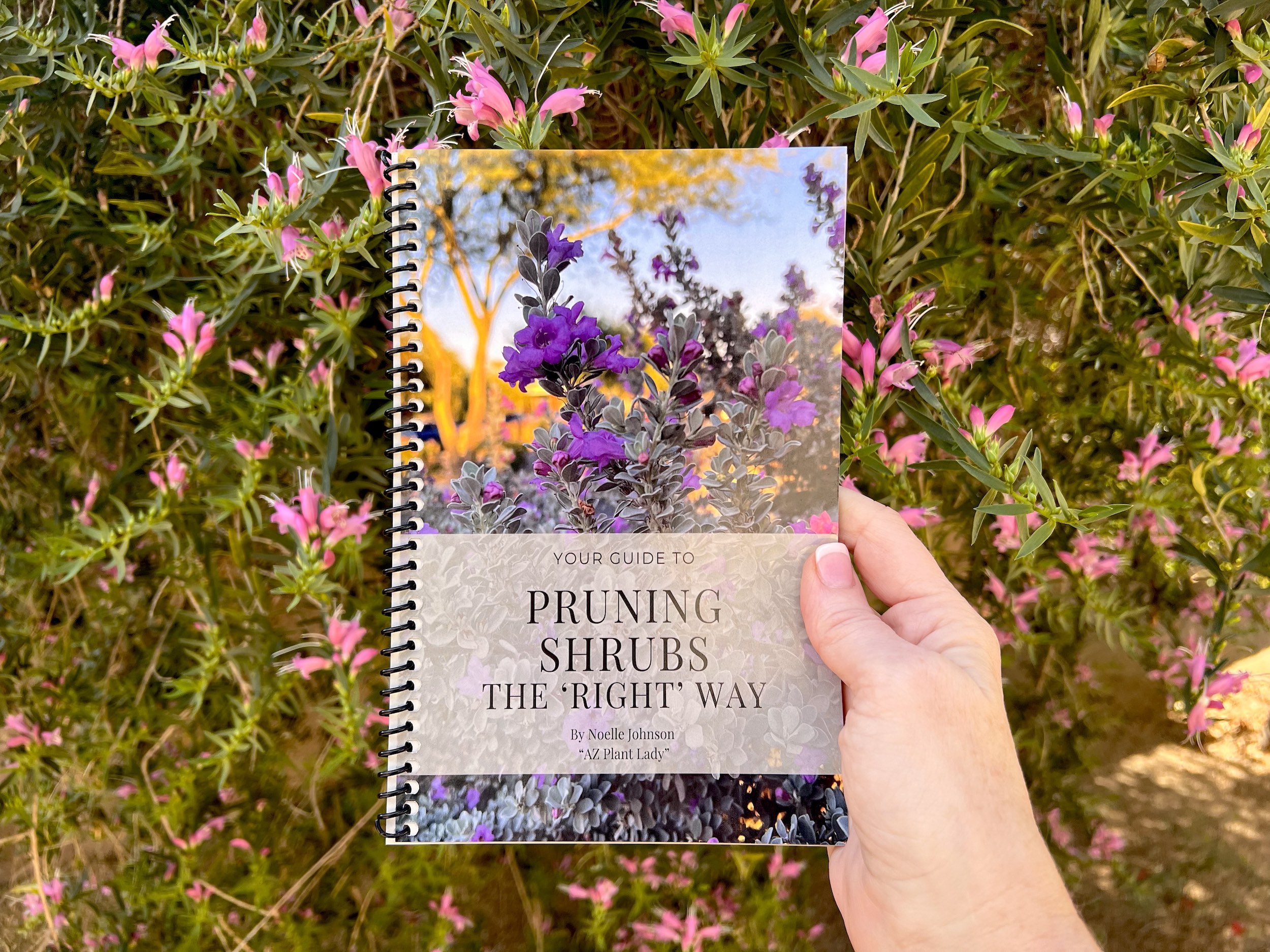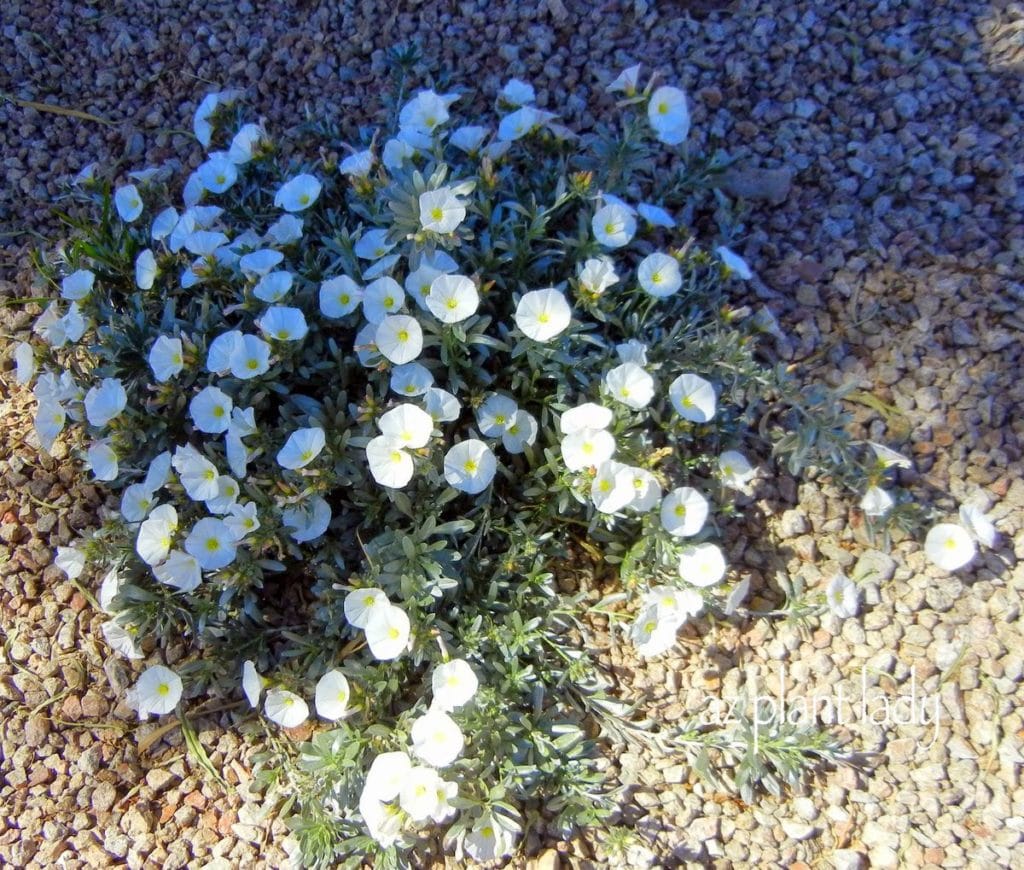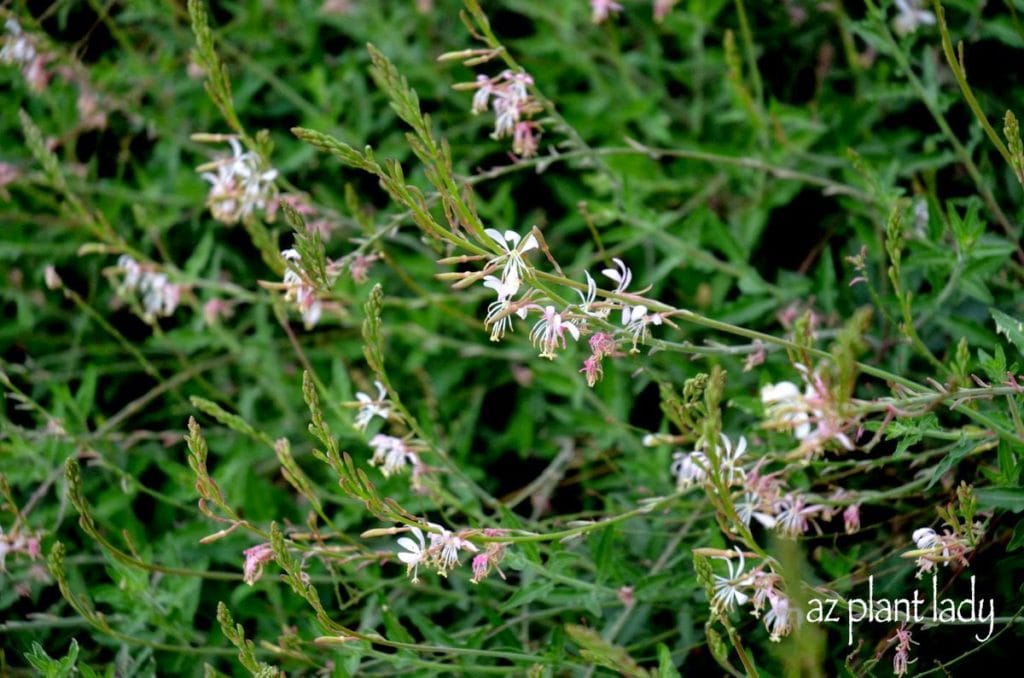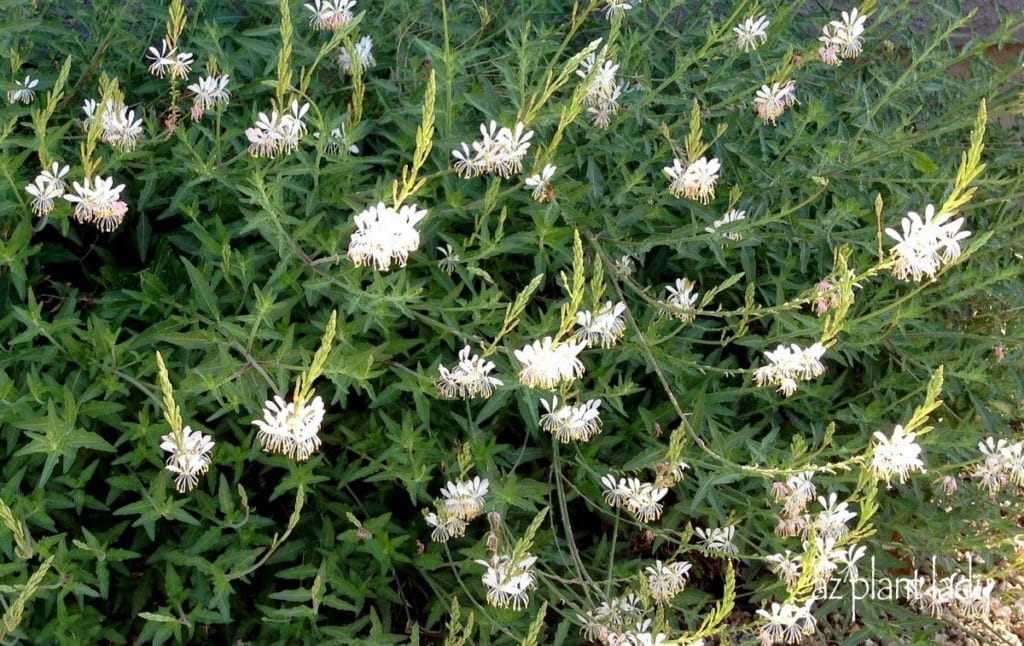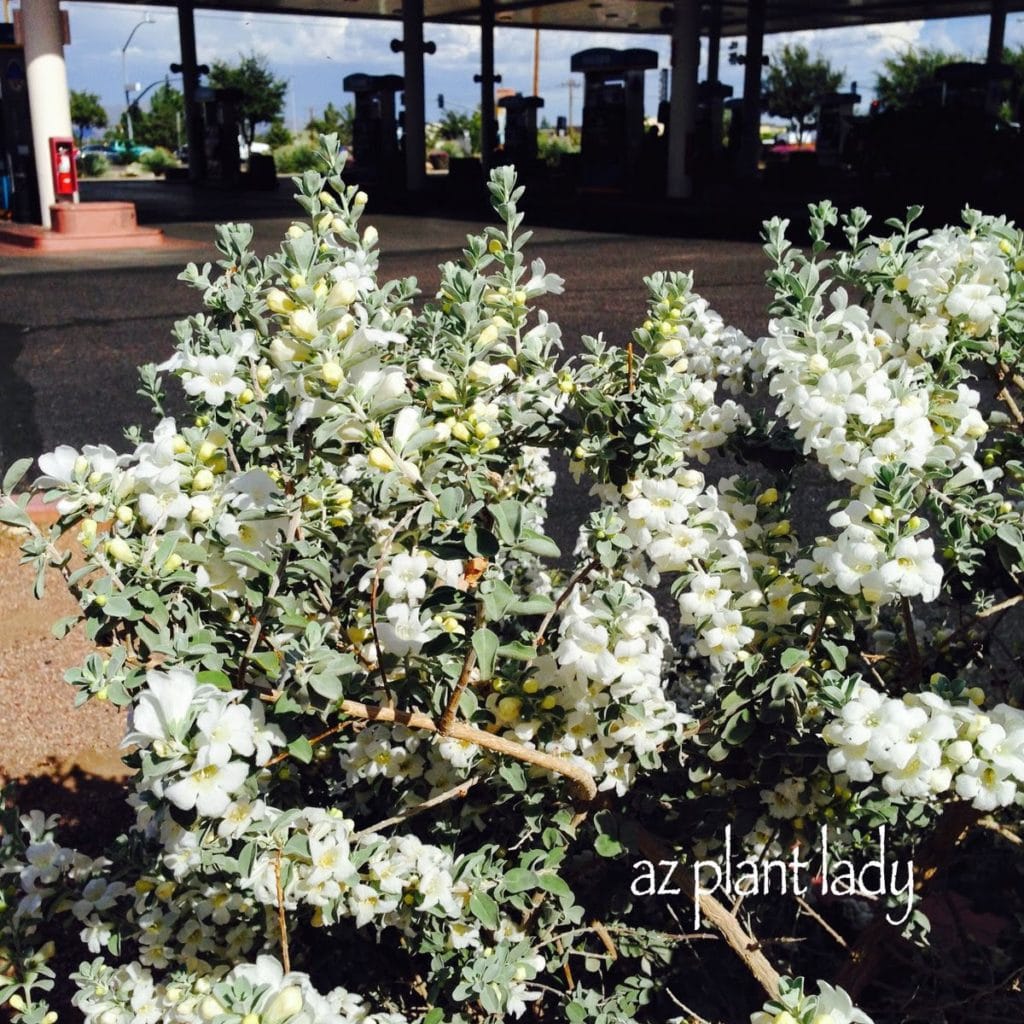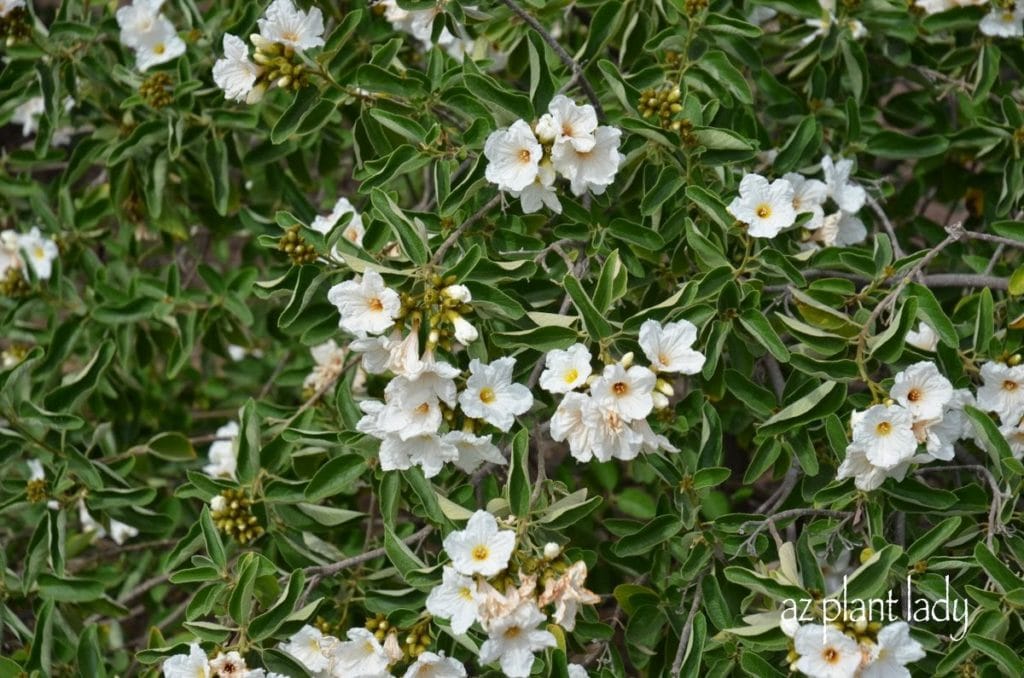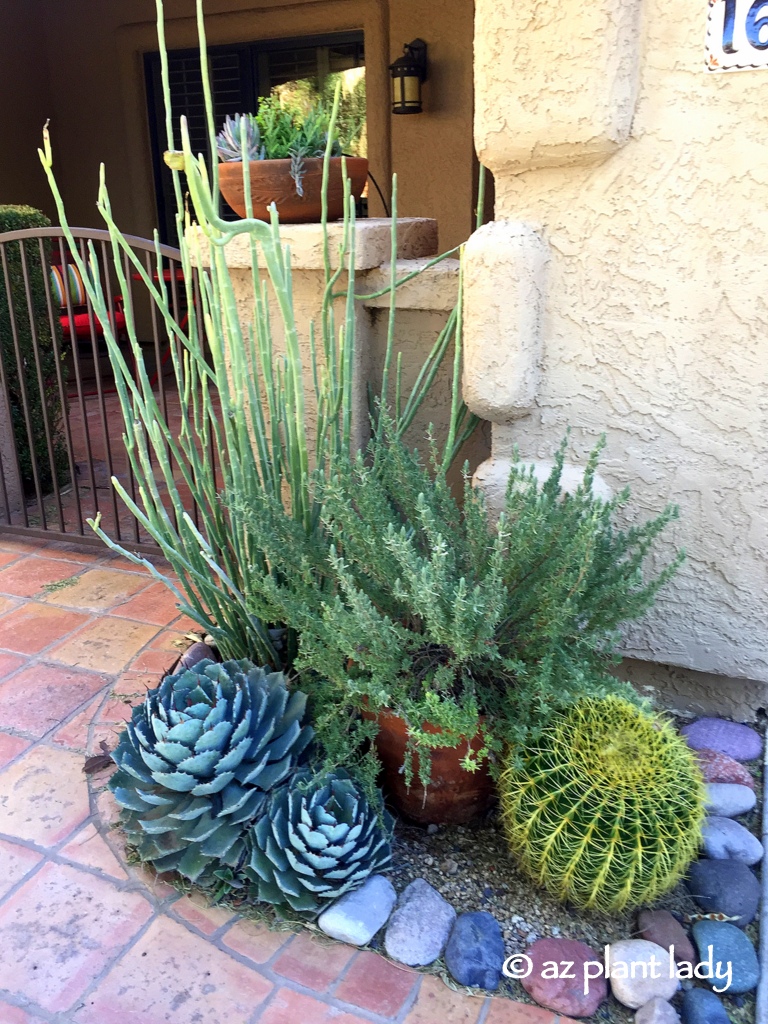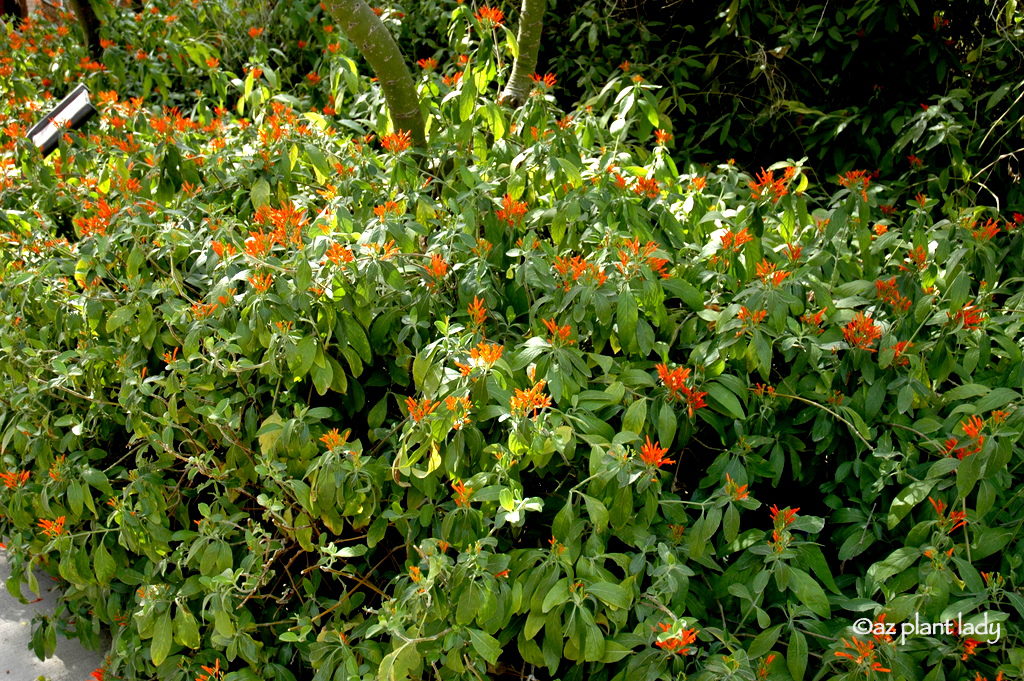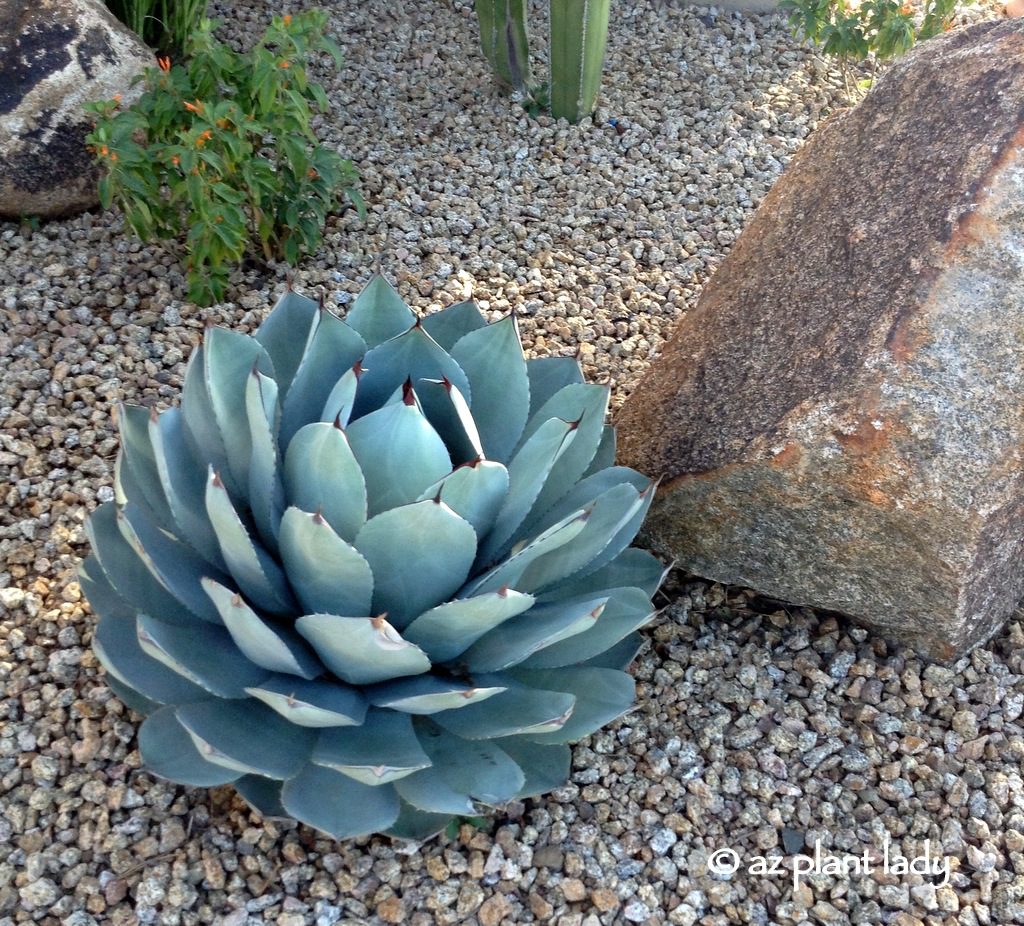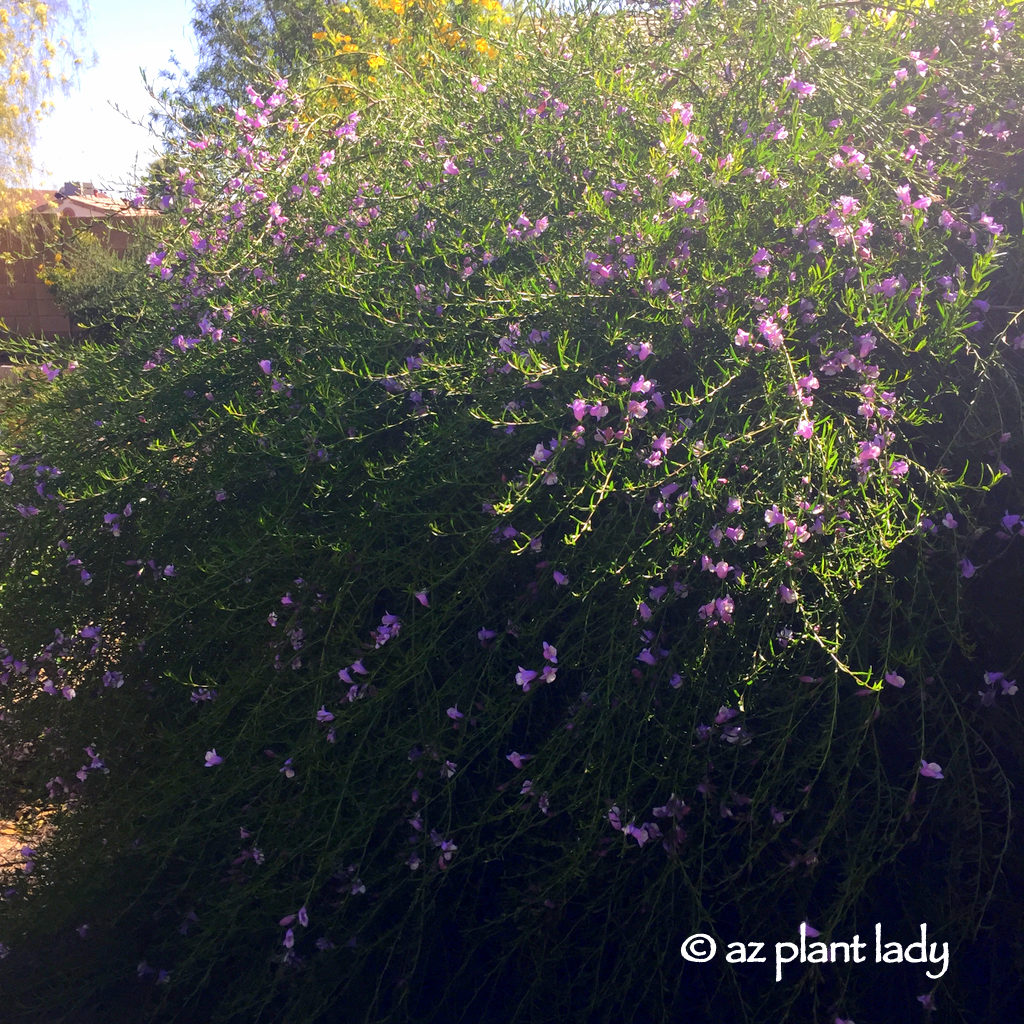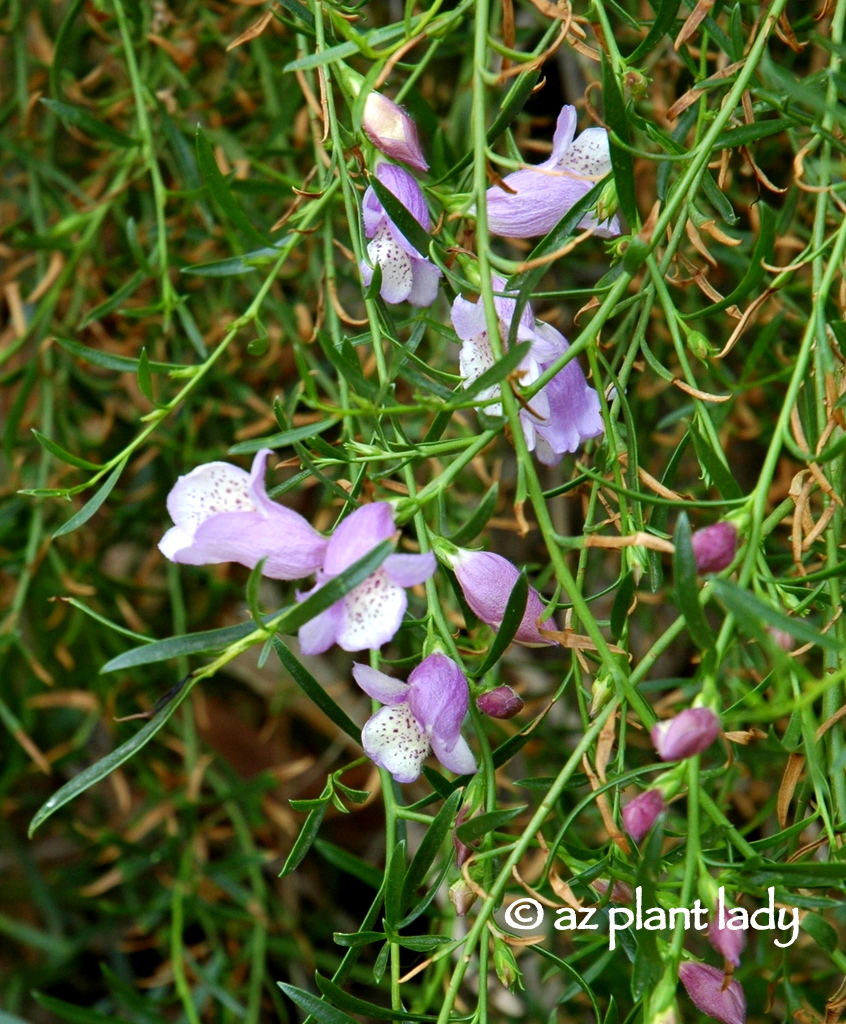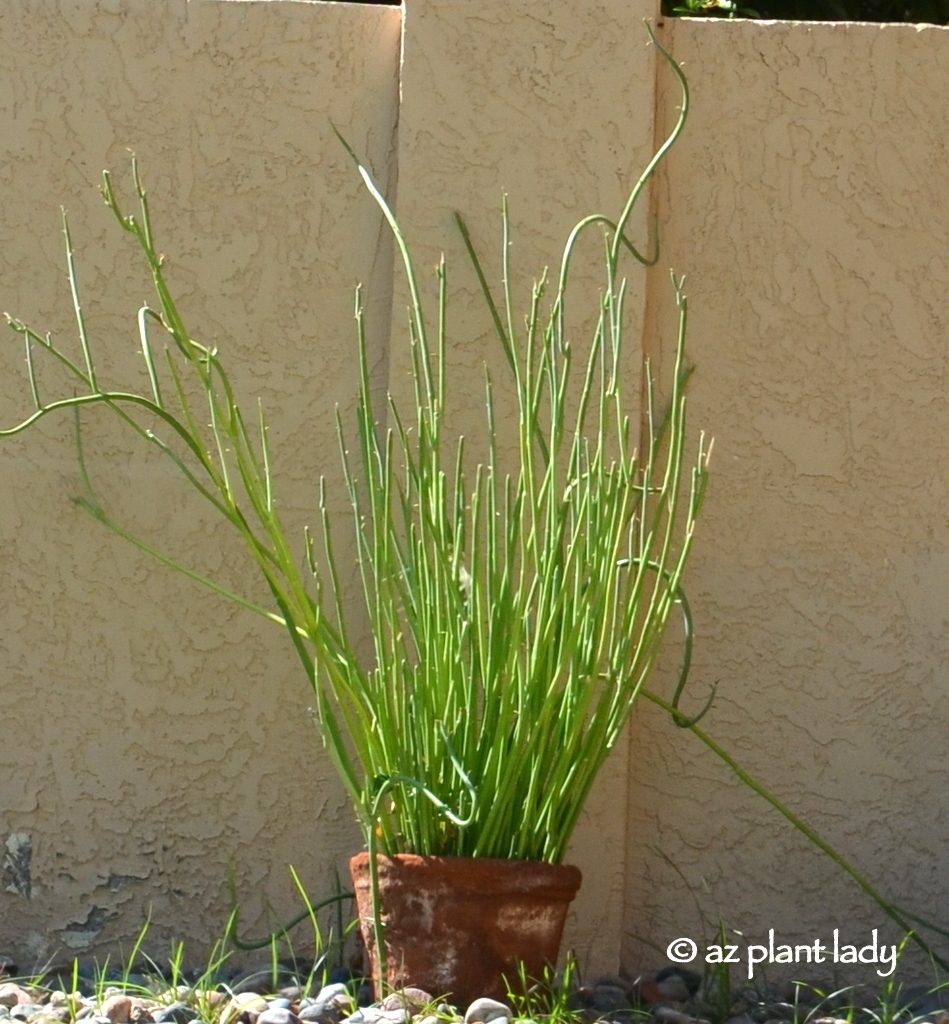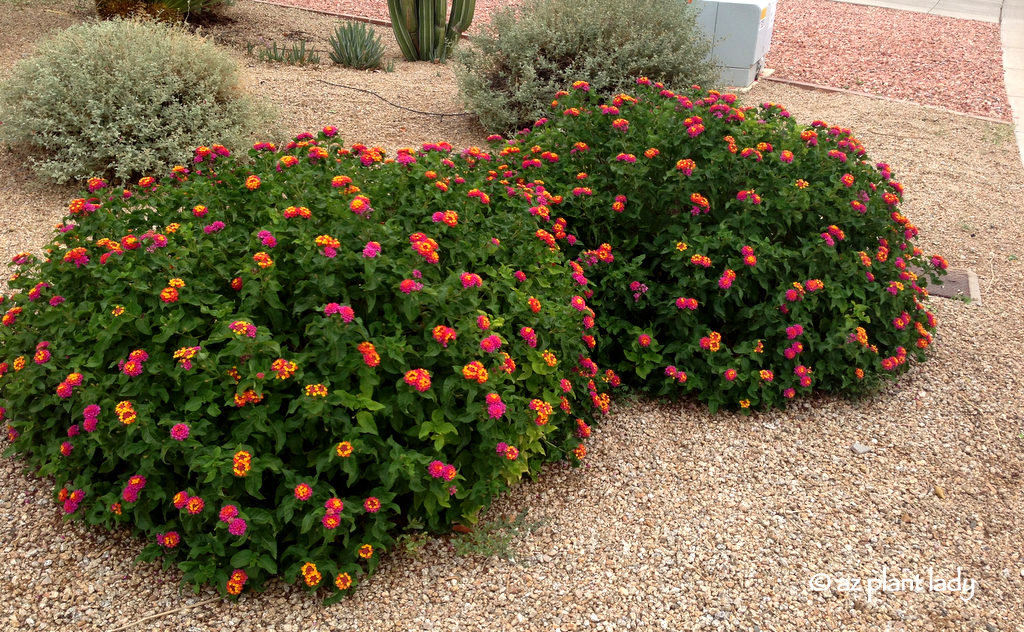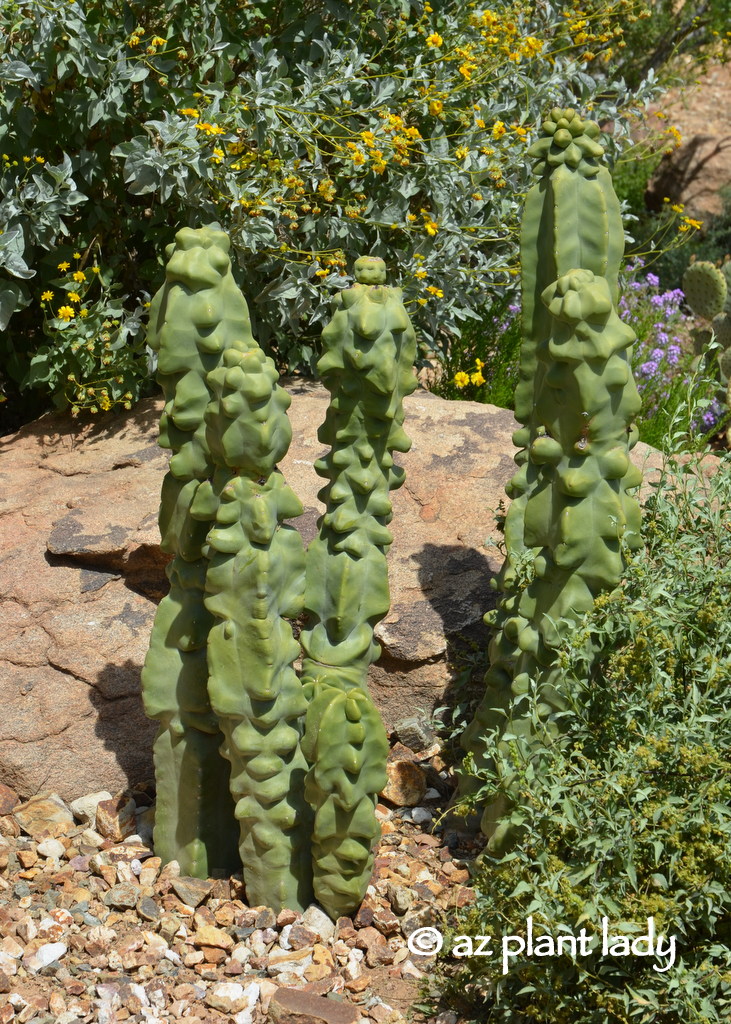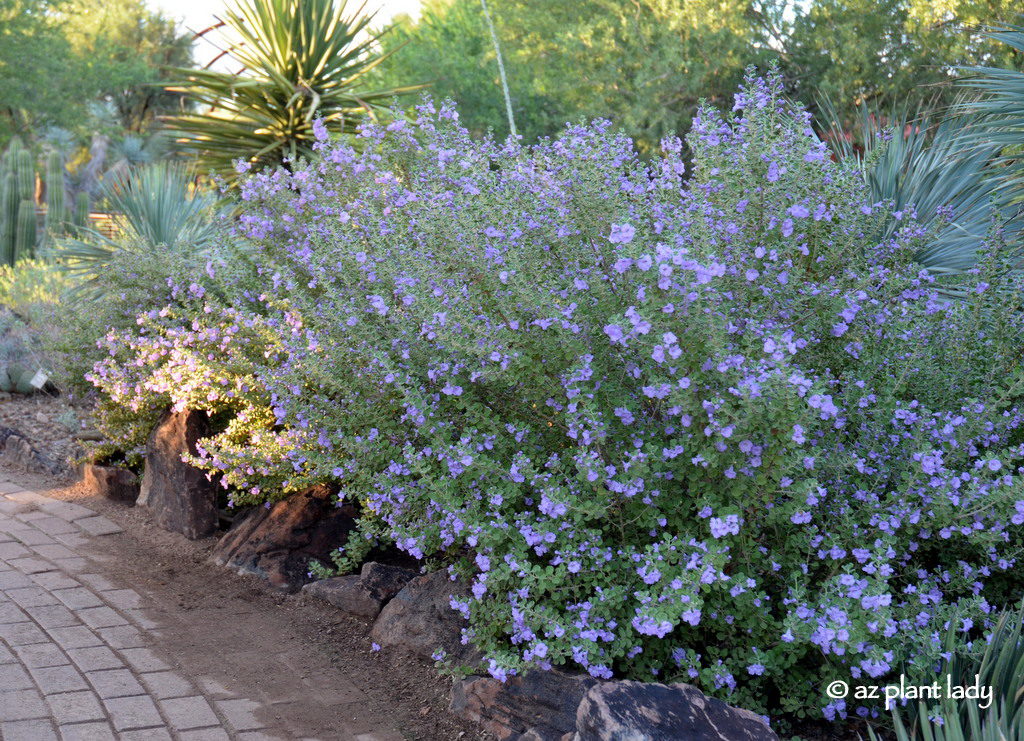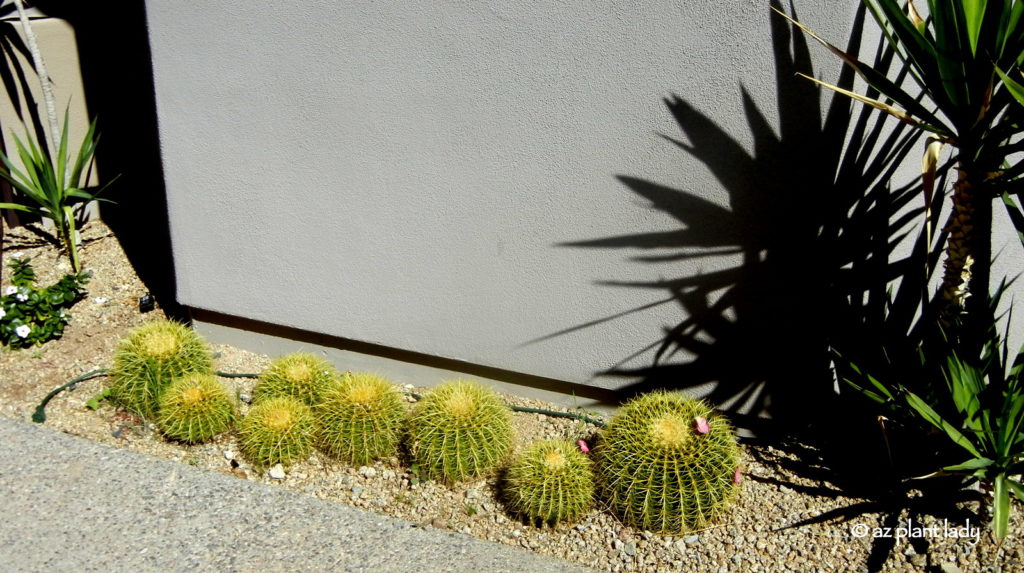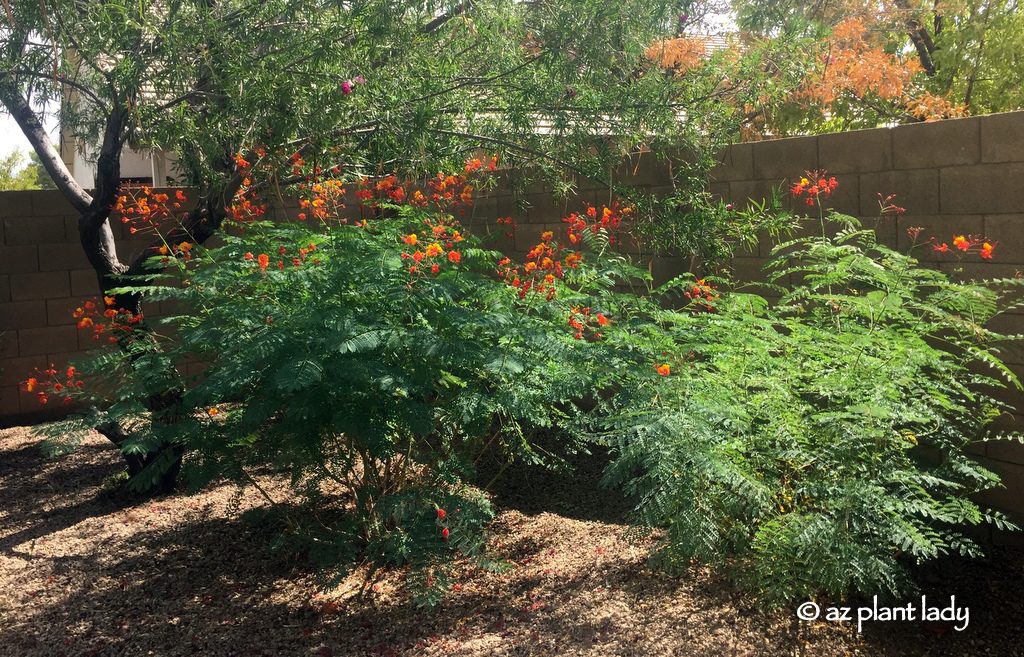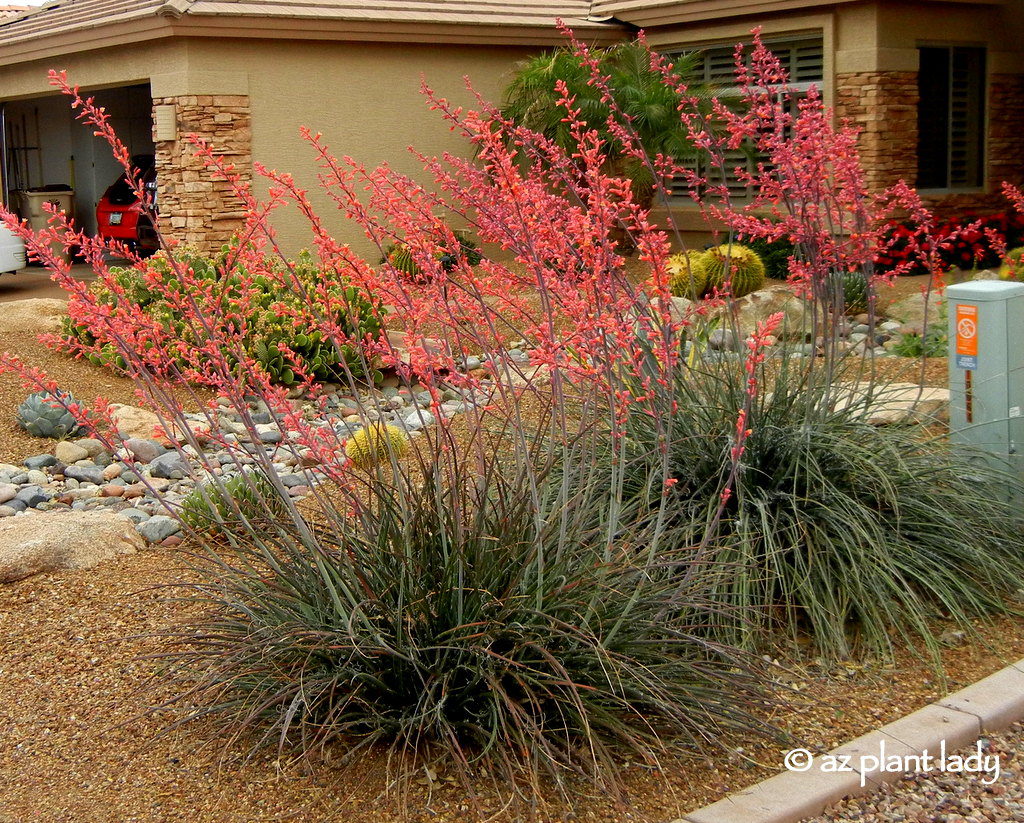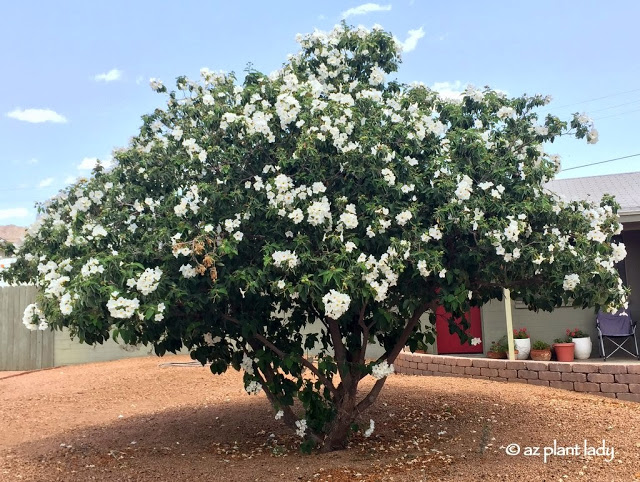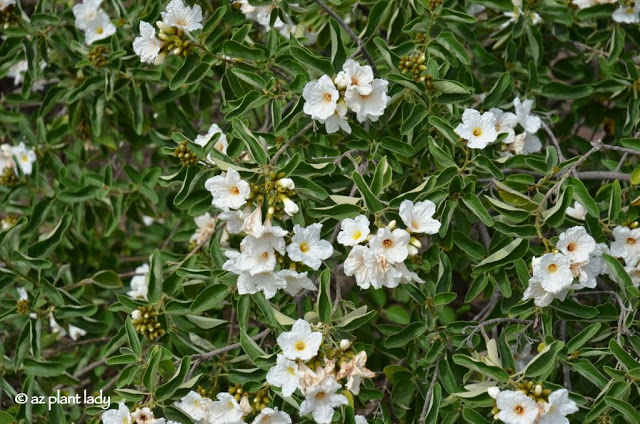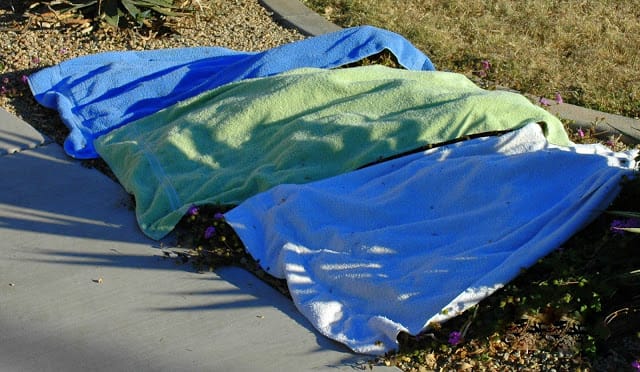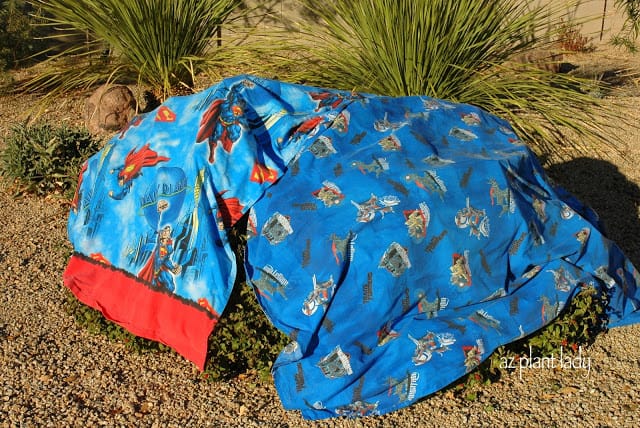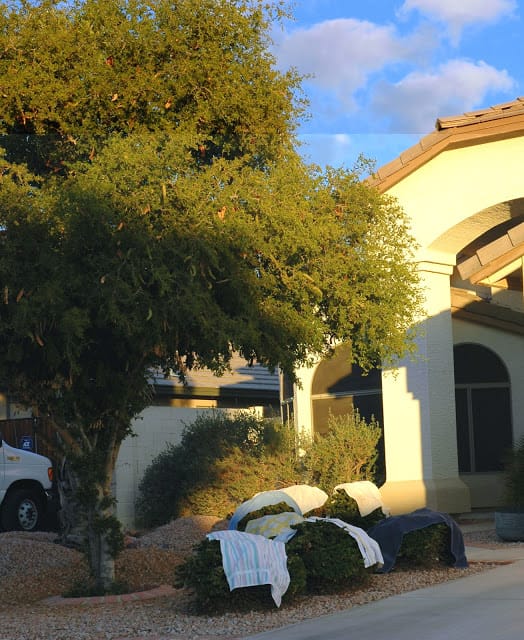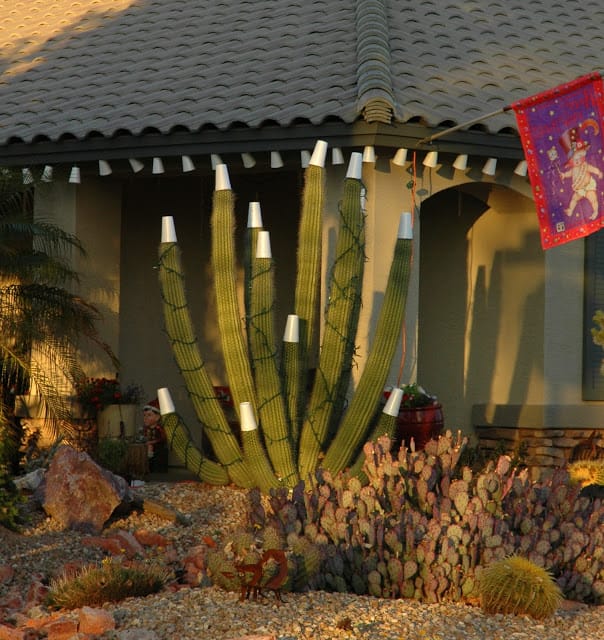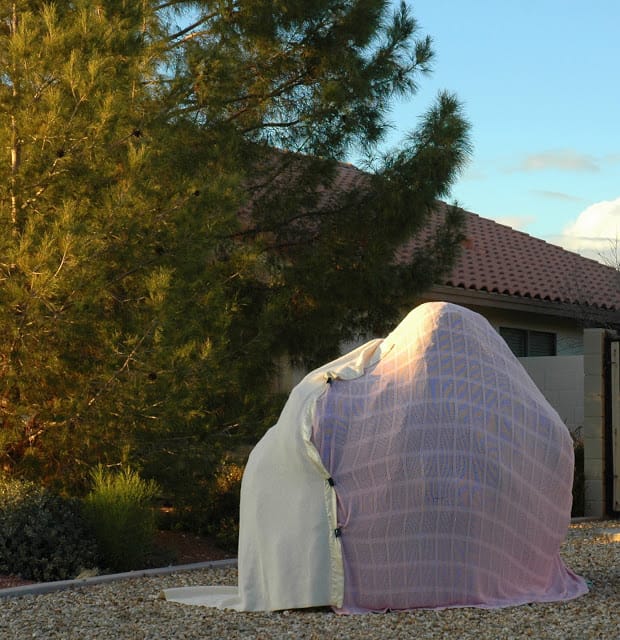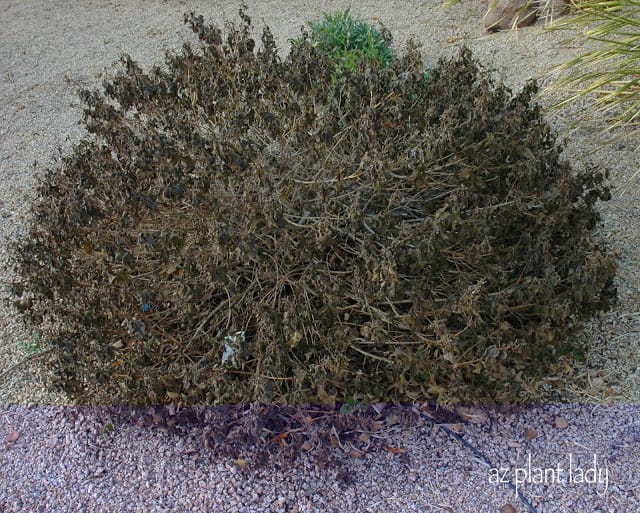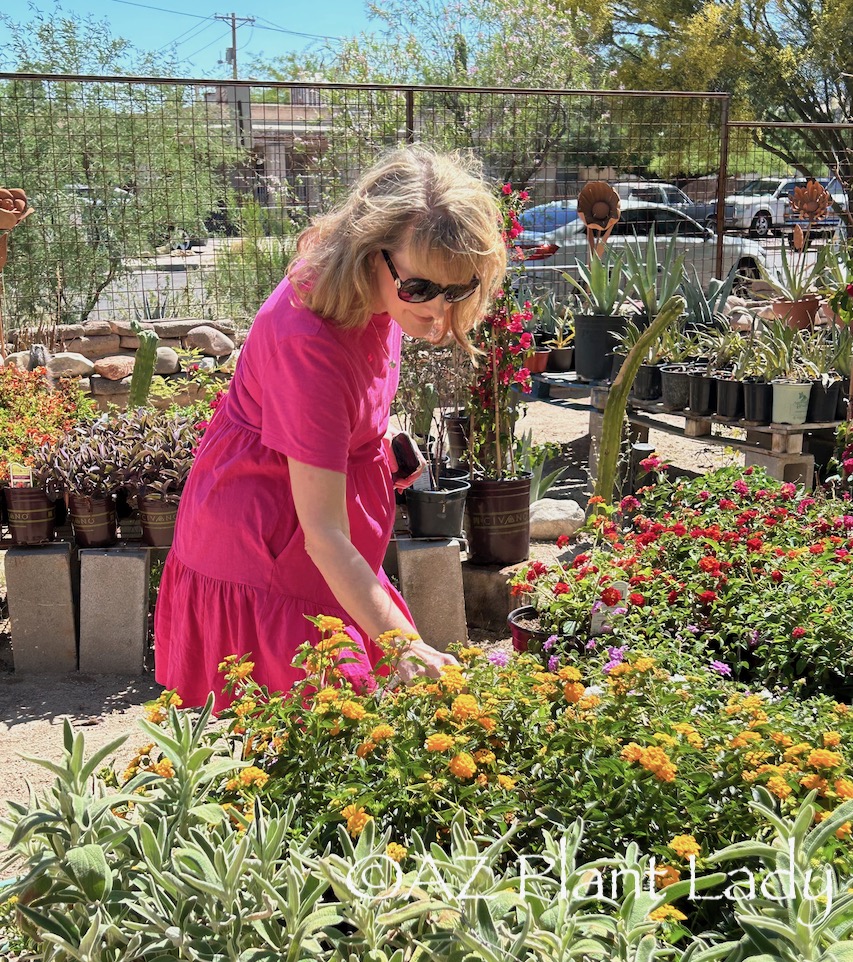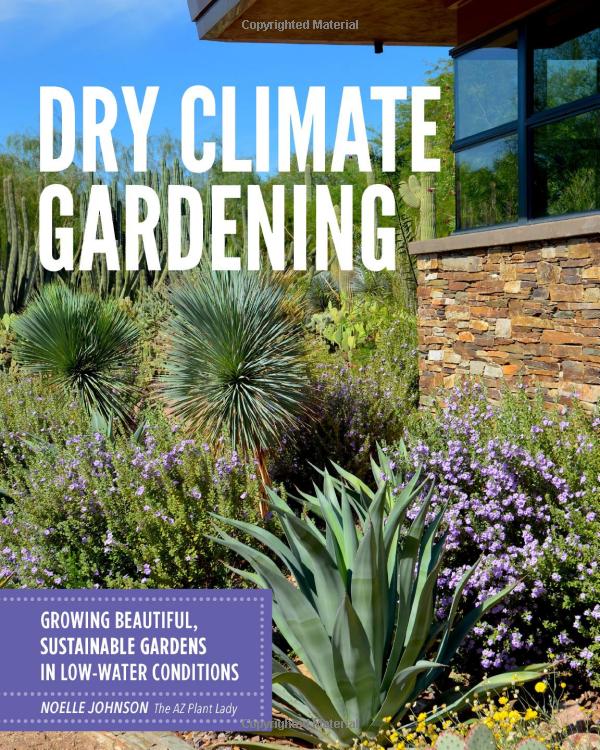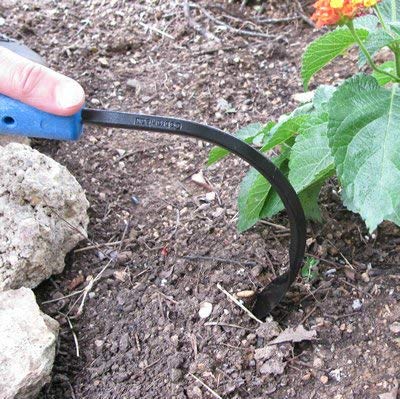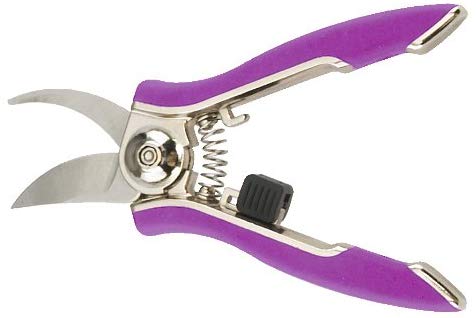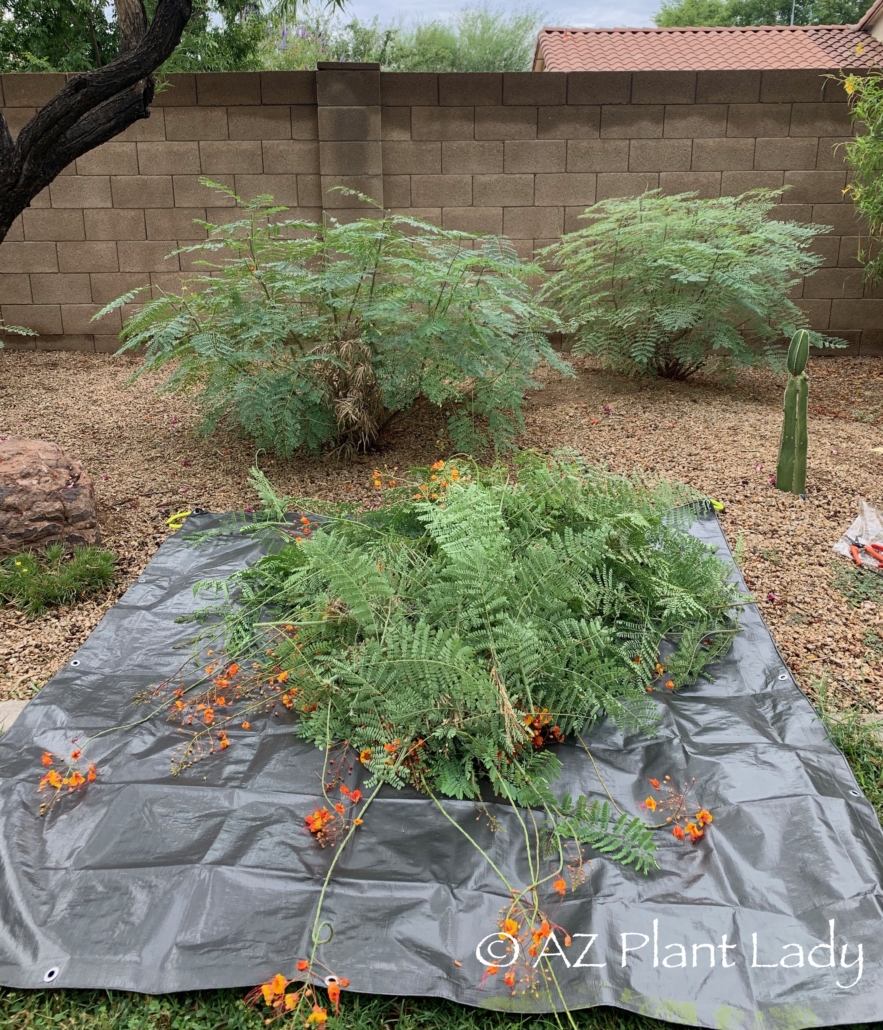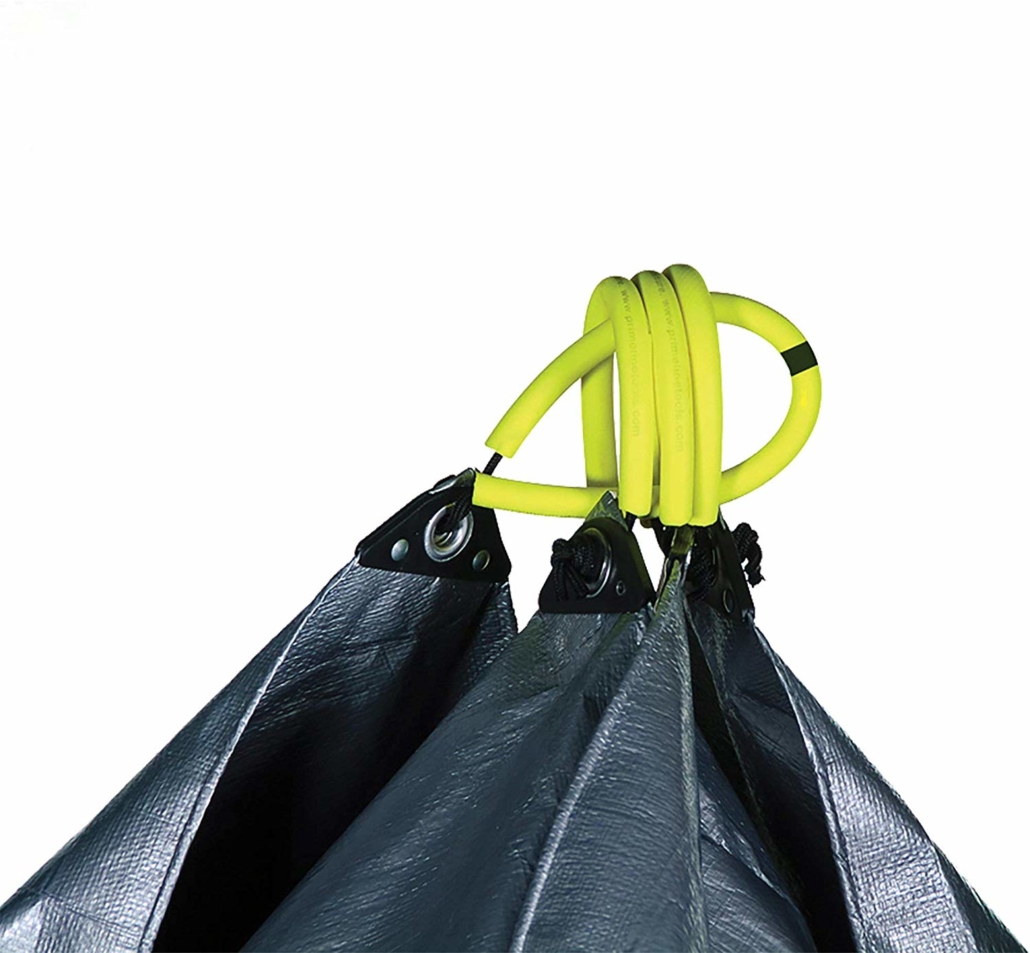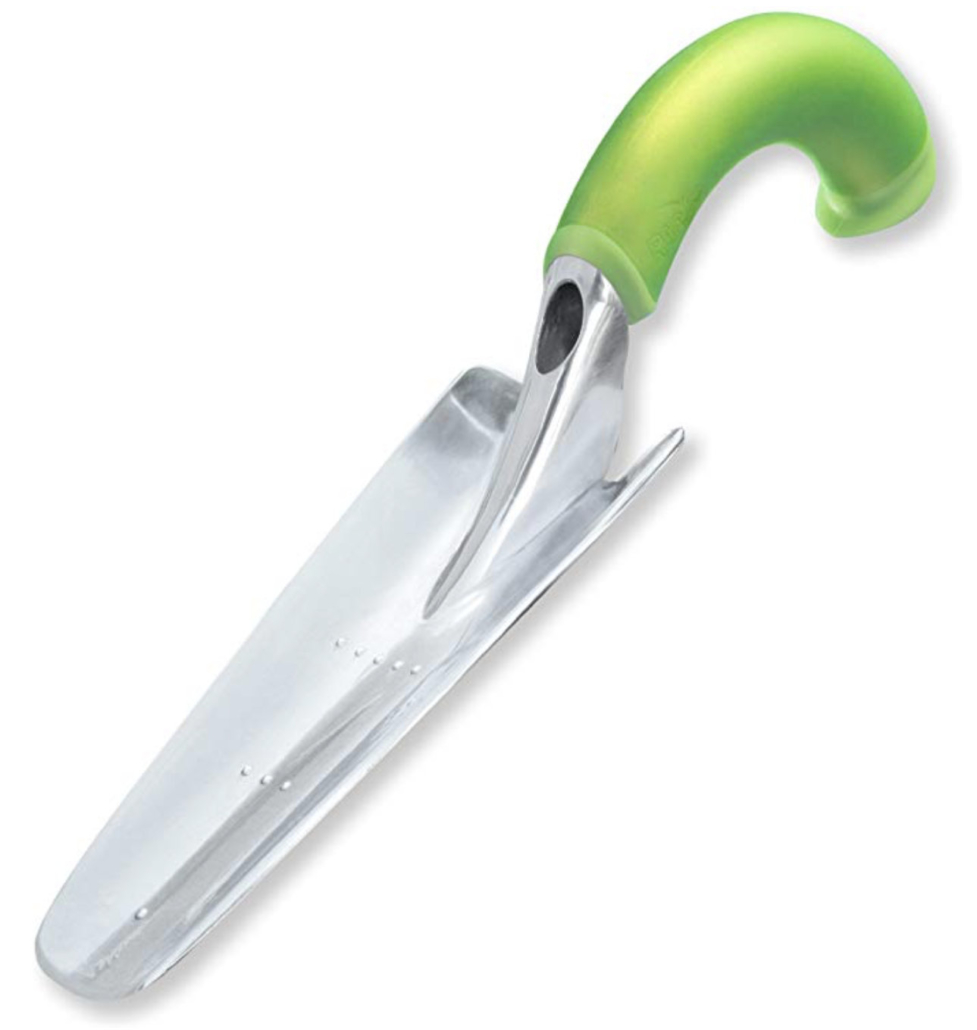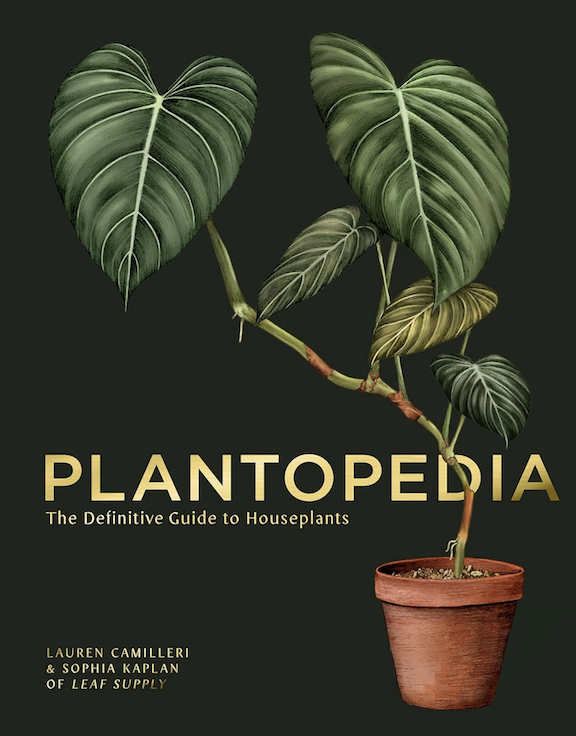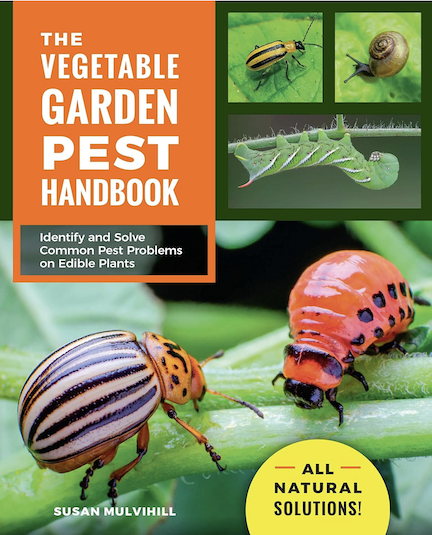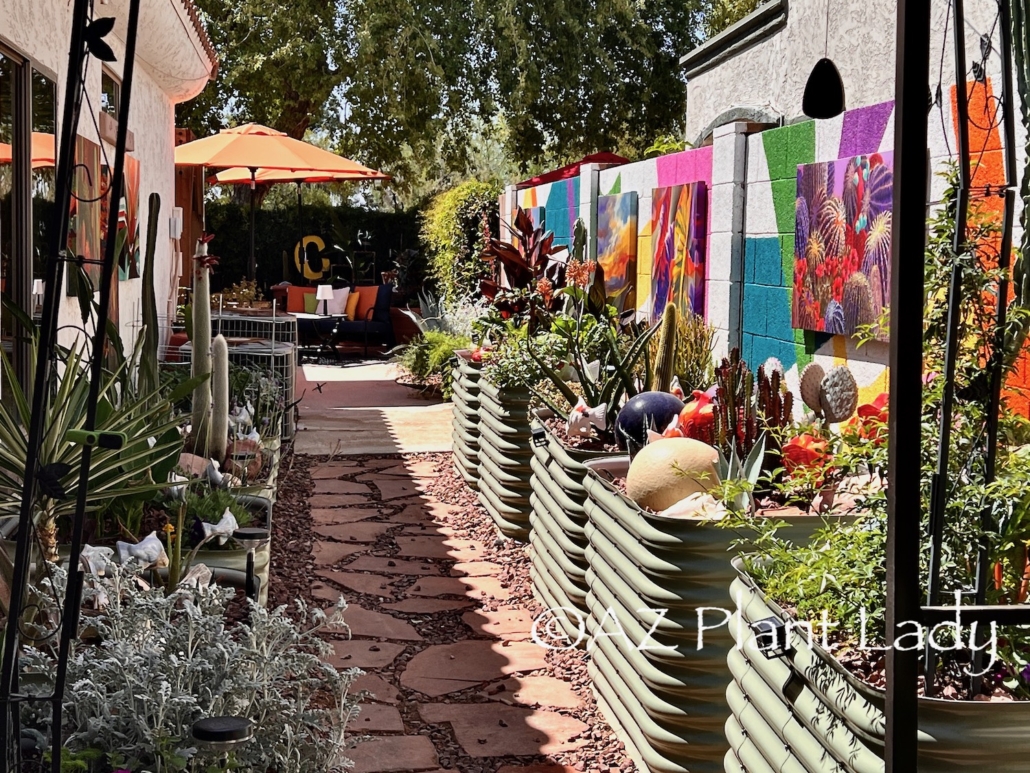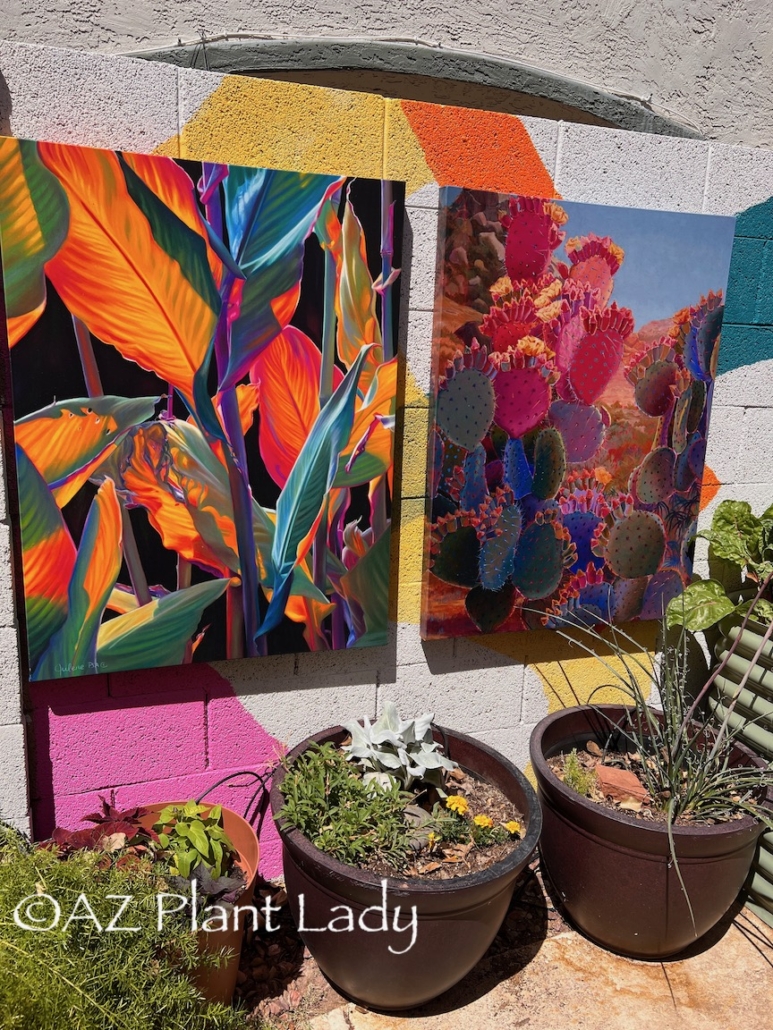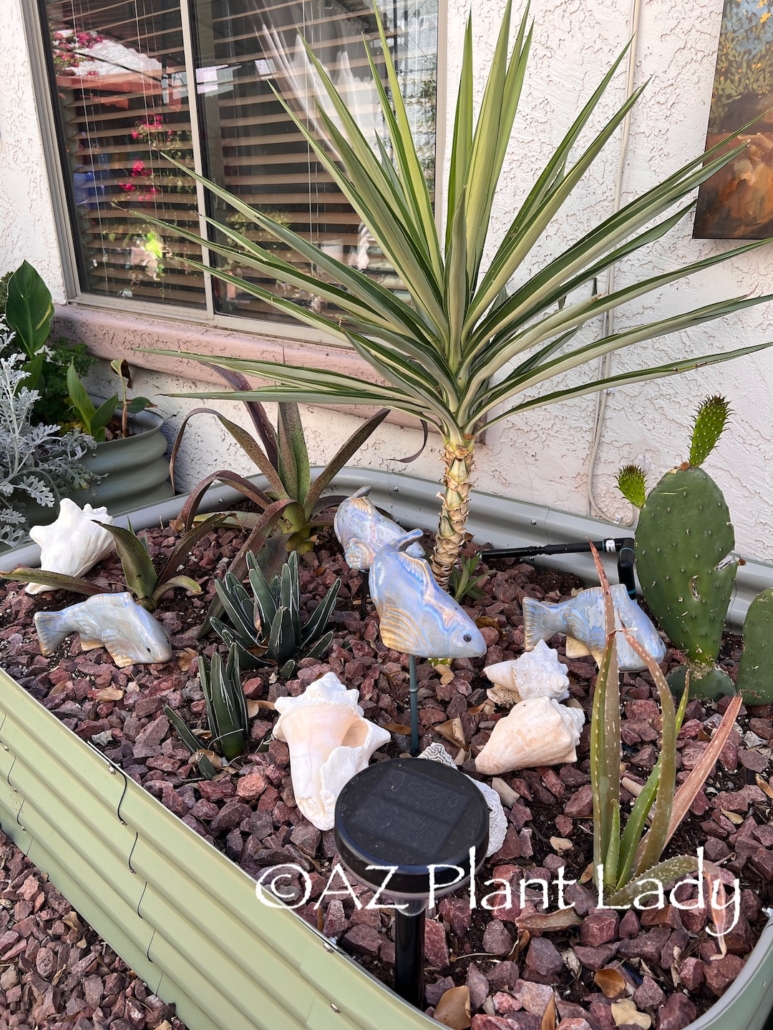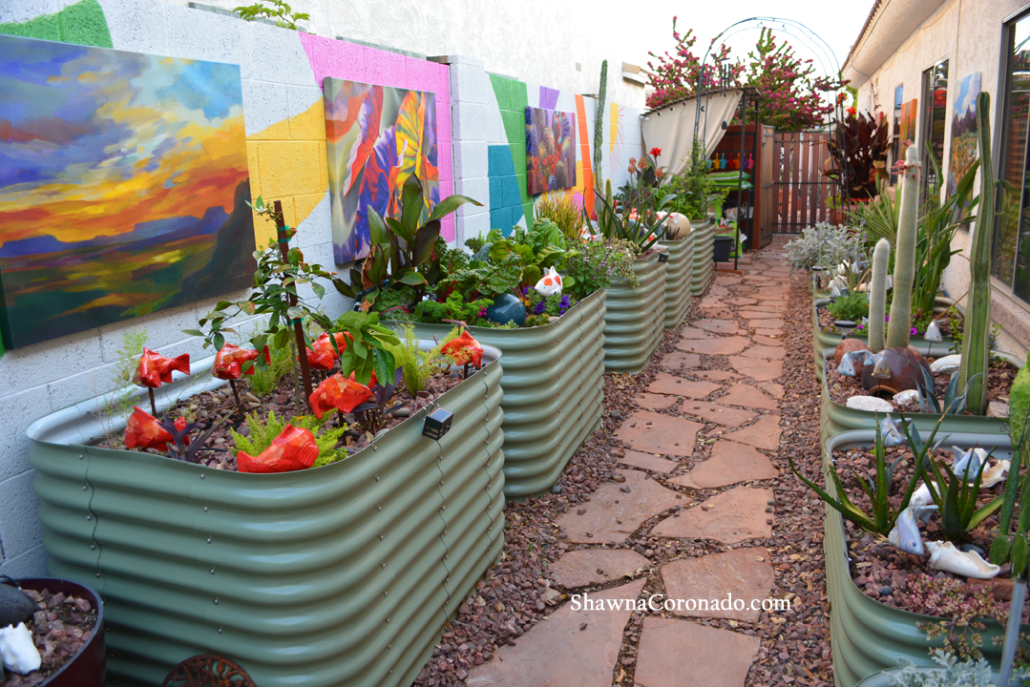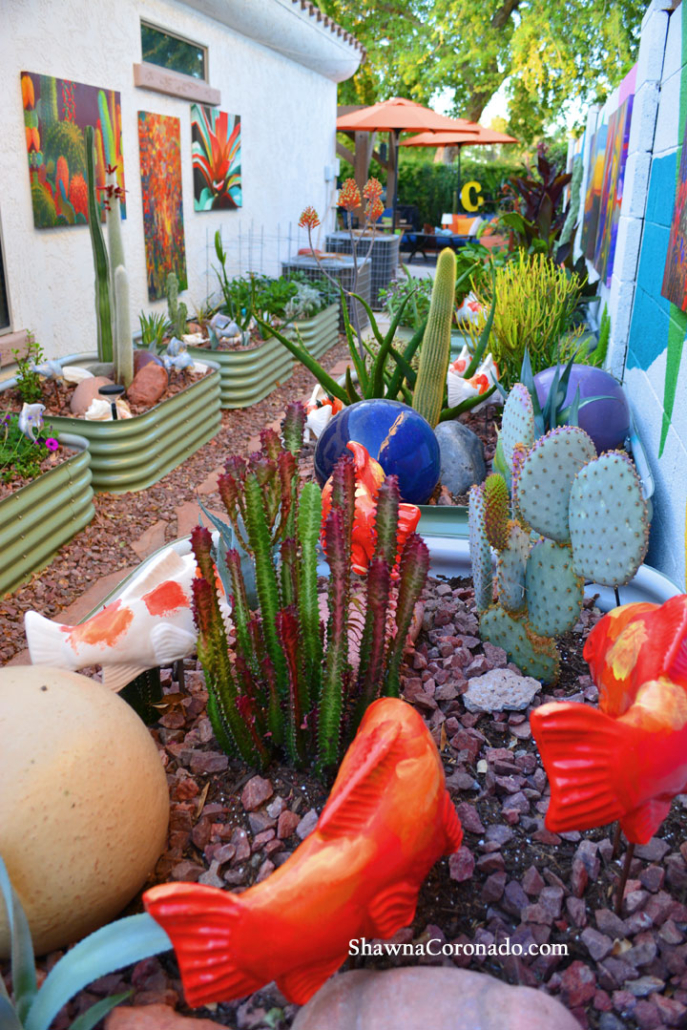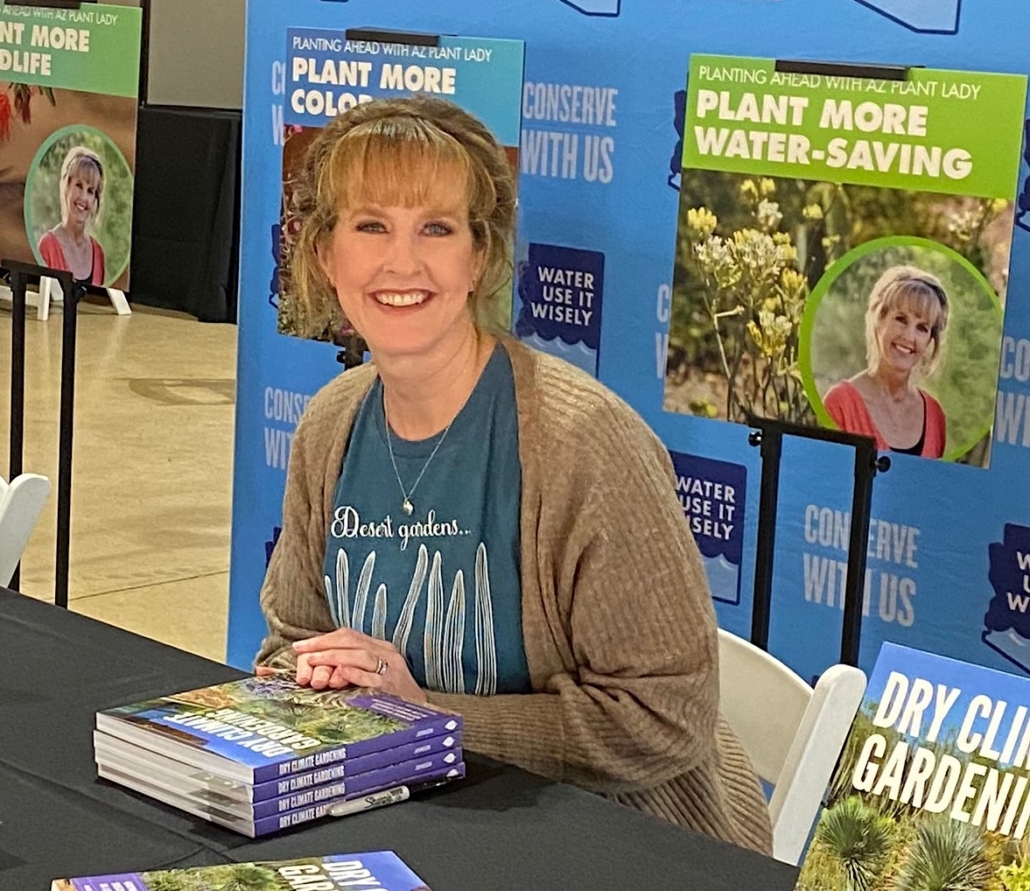I love desert willow trees. In fact, I have seven of them growing around my home! In the photo above are examples of their blooms. From top left, clockwise: ‘Timeless Beauty,’ ‘Bubba Jones,’ ‘Sweet Bubba,’ ‘Bubba,’ and ‘Hope.’
I didn’t start out planting them all at once. Twenty-five years ago, when our home was being built, I knew that I wanted a desert willow, and it was one of the first trees we added. It is the common speciess, but it is doing well and anchors the back corner of the backyard wall.
My second one has white flowers, which is rather rare. It’s called ‘Hope’ and I planted it from a 4-inch pot eight years ago that I bought from a mail-order nursery. It’s taken a while for it to grow and I love its decorative beauty. The leaves are smaller and narrower and so are the flowers compared to other varieties of desert willow.
Number three and four were planted about five years ago and are my most favorite in regard to their shape and flower color. ‘Bubba’ is arguably the most popular variety with its bubblegum-pink flowers. It also has a nice rounded canopy.
‘Timeless Beauty’ was also added five years ago. It has very deep green foliage and dark-pink flowers. I don’t care for its natural shape as much as other varieties. If given a choice, I’d choose one of the several varieties that have ‘Bubba’ in their name.
Two years ago, I added three more desert willow trees to help add shade in areas where a large tree wouldn’t fit. ‘Bubba Jones’ had light pink blooms and more of a tree-like shape. And, to finish out my ‘Bubba’ collection, I have a ‘Sweet Bubba’ in my side yard where it will provide afternoon shade for my dwarf orange tree.
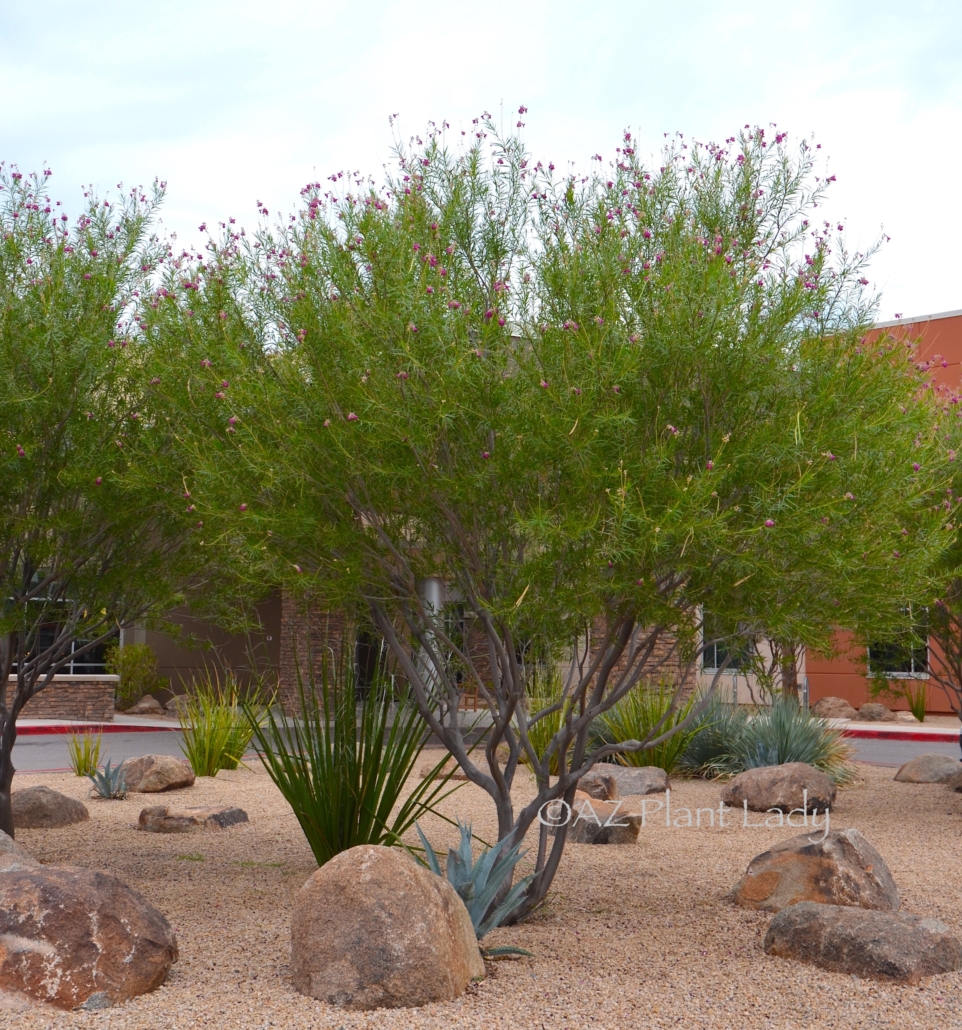
So why do I have so many? There are several reasons.
- First, they thrive in the heat – even through our hotter summers.
- I love their bright green foliage, which feels to me like a visual oasis spring, summer, and fall.
- The flowers that appear in spring and summer! They are so colorful and hummingbirds love them!
- Because they are small to medium-size trees, they can be used in areas where space is limited.
- You don’t have to buy a large size snce they grow quickly – I’ve planted all of mine from 15-gallon nursery containers.
Here are some more stats:
Native to the desert Southwest
Drought tolerant, although supplemental water keeps it looking its best.
My trees are connected to my irrigation drip system.
Hardy to 0 degrees F.
Flowers spring through fall
Although not a willow, it does have willow-shaped leaves
Grows quickly and reaches a mature size of approximately 25 ft high and wide.
Thornless and easy to maintain
Plant in full sun and well-drained soil
They are deciduous, meaning that they will lose their leaves in winter and they do form seedpods.
The flowers range from pale pink to purple in the wild. Today, there are many varieties to choose from, many of which are seedless or nearly seedless, which means lower litter.
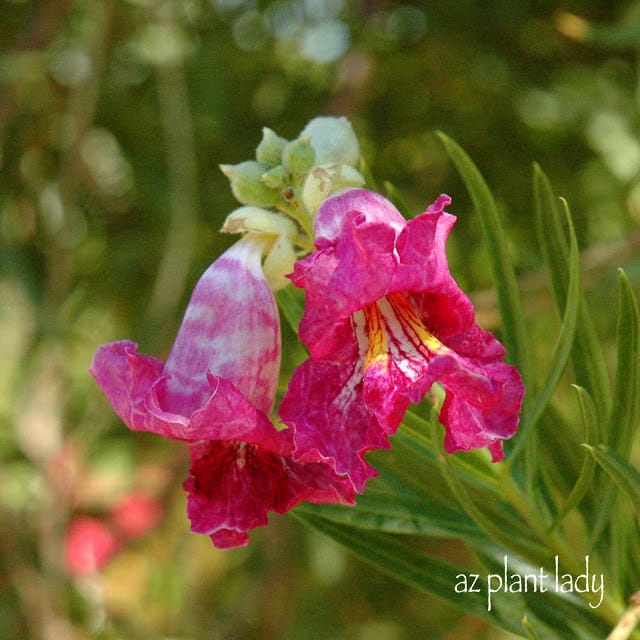
Desert Willow ‘Lucretia Hamilton’
I encourage you to try desert willow in your landscape. You will appreciate their beauty and heat-resilience!


